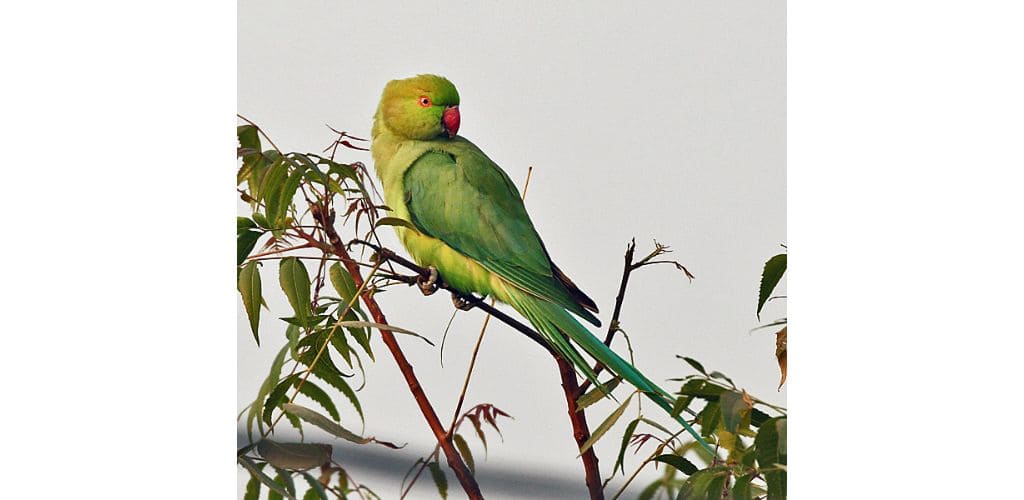Member states of the World Intellectual Property Office (WIPO) recently approved a new treaty on intellectual property (IP), genetic resources, and traditional knowledge.
WIPO is the United Nations agency “that serves the world’s innovators and creators, ensuring that their ideas travel safely to the market and improve lives everywhere.”
The treaty follows decades of negotiations and will require that patent applicants in member states whose inventions are based on genetic resources and/or associated traditional knowledge disclose that in their patent applications.
As The Conversation explains,
International law already has protections for genetic resources and traditional knowledge. The 2010 Nagoya Protocol established some rules.
Under the Nagoya Protocol, “users” of genetic resources and associated traditional knowledge must obtain permission from “providers”. “Users” must also come to agreements with “providers” and traditional knowledge holders about sharing the fruits of their research and development activities.
However, the Nagoya Protocol doesn’t cover patents. That’s where the new treaty comes in.
As WIPO explains,
Broadly, where a claimed invention in a patent application is based on genetic resources, each contracting party shall require applicants to disclose the country of origin or source of the genetic resources. Where the claimed invention in a patent application is based on traditional knowledge associated with genetic resources, each contracting party shall require applicants to disclose the Indigenous Peoples or local community, as applicable, who provided the traditional knowledge.
Genes, such as those in medicinal plants, agricultural crops, and animal breeds are the products of nature and can’t be directly protected as IP. However, inventions developed using natural components can be protected as IP — often via a patent.
Some genetic resources are associated with the traditional knowledge of Indigenous Peoples and other local communities. This knowledge may also contribute to the development of a patented invention.
The new treaty includes the following definitions:
- Genetic Resources (GR) means: “Genetic material of actual or potential value” but not including “human genetic resources.”
- A claimed invention is “based on” GR or traditional knowledge if they “must have been necessary for the claimed invention” and, “the claimed invention must depend on the specific properties of the genetic resources and/or on the traditional knowledge.”
Traditional Knowledge (TK) isn’t expressly defined by the treaty but has been previously defined by WIPO to include “knowledge, know-how, skills and practices that are developed, sustained and passed on from generation to generation within a community, often forming part of its cultural or spiritual identity.”
The treaty is in response to concerns about “biopiracy” – the misappropriation of genetic resources and traditional knowledge from indigenous peoples and local communities, often in developing countries and usually without permission from, or compensation to, those indigenous peoples and local communities.
Some examples of alleged biopiracy include patents on:
- wound-healing properties of turmeric
- extracts of the African “Hoodia” cactus
- the Amazonian “ayahuasca” vine
As The Conversation noted,
In one case a US company patented derivatives of the neem tree as pesticides, when the plant’s properties were already well known to local communities in India.
The Treaty will come into force once there are 15 contracting parties.
Signatory countries must also create effective and proportional sanctions for failure to disclose.
However, the national laws enacting the treaty can’t “revoke, invalidate, or render unenforceable” a patent that’s already been issued “solely on the basis of an applicant’s failure to disclose” unless there’s evidence of “fraudulent conduct or intent.”
Also, the treaty obligations aren’t retroactive.
Just like the haiku above, we like to keep our posts short and sweet. Hopefully, you found this bite-sized information helpful. If you would like more information, please do not hesitate to contact us here.


